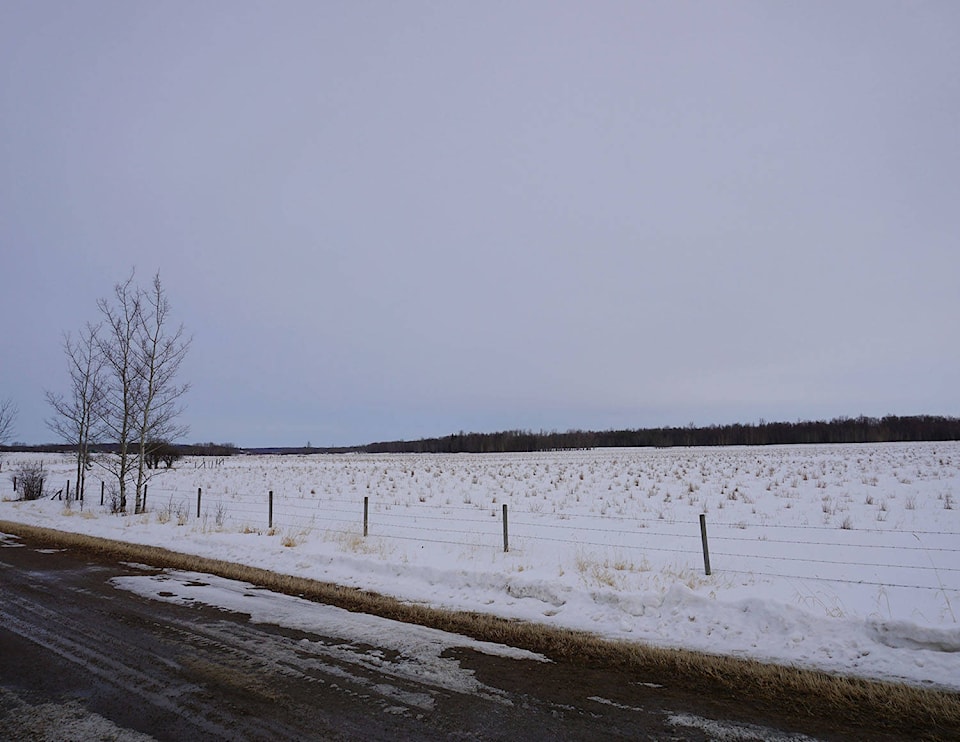Albertans are going to see some changes when it comes to cracking down on rural crime, including response times and new municipality funding.
Alberta Justice Minister and Solicitor General, Doug Schweitzer says, “people will see a difference in the next few months.”
Last November, Bill 27 was passed. The bill amended the Occupiers’ Liability Act to increase protection for property owners from “civil liability for injuries to trespassers where the owner has reasonable grounds to believe the trespasser is committing, or about to commit, a criminal offence.”
Following the passing of Bill 27, Schweitzer has placed additional focus on cutting down rural crime in the way of funding, a rapid task force, and reducing Methamphetamine (Meth) use in the province.
The new funding will include the rolling out of a rapid task force as well as providing additional law enforcement officers to municipalities. This includes an additional three hundred full-time peace officers and two hundred support positions such as administration across the province.
The rapid task force will include additional uniformed vehicles such as Sheriffs, and Fish and Wildlife on the road, who will be receiving additional training to respond to rural crimes.
Changes also include designating fifty new prosecutors across the province to cover rural Alberta crime cases.
Schweitzer’s office says that law enforcement have noticed that a large amount of people they arrest for property crime and violent crimes have meth in their system. In fact, there has been a four hundred per cent increase in meth users and crime correlation in the past five years.
The emphasis on reducing meth usage in Alberta is put on the national strategy, which is focusing on blocking organized crime from bringing the drug and its components, such as ephedrine or pseudoephedrine and red phosphorous iodine, into the province.
Community members like Holly Schnell, 62, are happy that action against rural crime is being evaluated.
On Nov. 15, 2015, Schnell herself was a victim of rural crime. When getting ready to go to work that morning, Schnell had started her car before realizing that she forgot her poppy, so she ran back inside to grab it.
While in her house her a van came barreling into her driveway. The man driving the van jumped into Schnell’s idling car, and let his van roll into her garden.
“He took off towards the west,” Schnell says her husband was on the phone with 911 when the man came back. Schnell believes it was to get something from his van that he left behind in their yard.
After stealing her car the thief took off to the gravel pit west of the Schnell’s farm to jump gravel hills. “They found him at a farm up a tree,” Schnell says. In addition to Schnell’s now damaged and stolen vehicle, the van he had driven to their farm in was stolen from Edmonton.
“The police phoned me back after and said ‘don’t worry about him coming because he doesn’t have a clue where he was at.’ He was high on drugs.”
After that incident, Schnell got more security technology for her property and blinds for her front window. But even this doesn’t calm her unease. “To this day even, when somebody drives in the front yard, I’m scared,” Schnell says.
For Schnell additional provincial supports to aid in reducing rural crime is a definite step in the right direction.
Schweitzer is hopeful that the new provincial measures on rural crime cases will reduce the amount of cases like Schnell’s.
